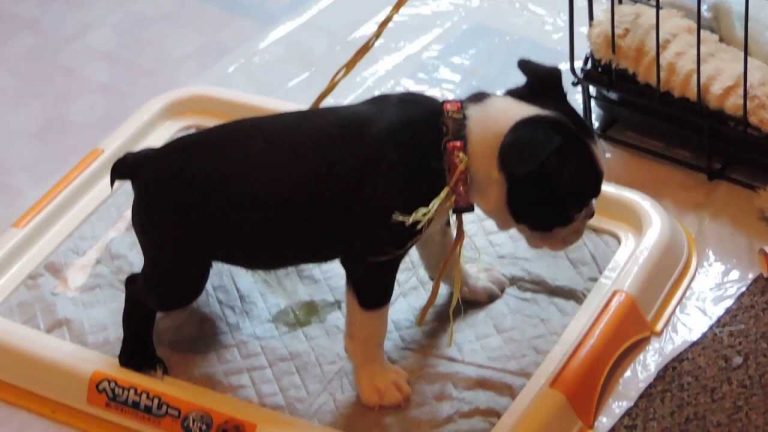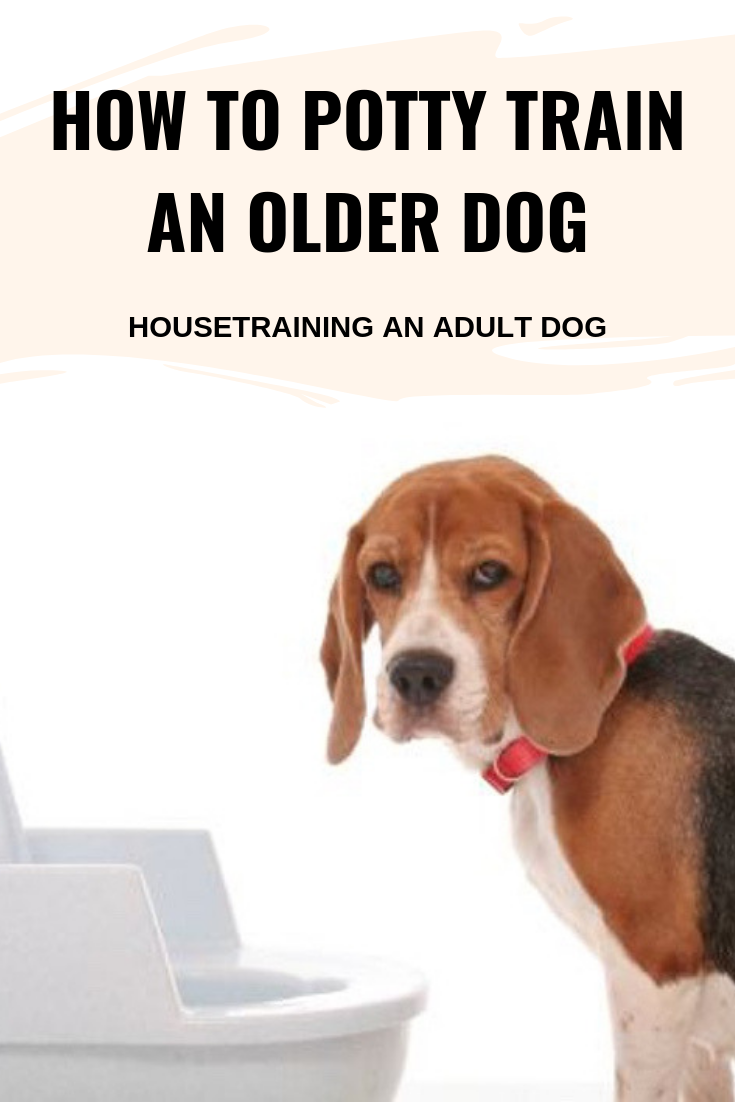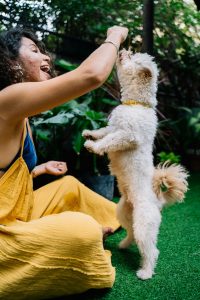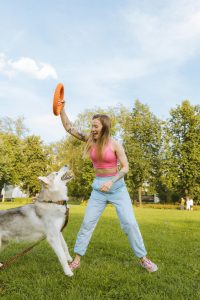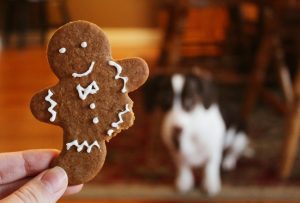Puppies are usually taught to go outside and do their business before they are 8 months of age. Traditional methods work easily for puppies. But older dogs can still have accidents in the house, sometimes due to medical issues, sometimes due to other issues. And then you have to find a different method for how to potty train an older dog.
If you make a commitment, and you are consistent with the training, the success will come. Remember, if your dog has never been properly housetrained, he might be doing his business because he doesn’t know anything else.
Why adult dogs might not be housetrained?
There are multiple reasons why an adult dog has not been housetrained. Among the many, the three most common are:
- No one ever bothered to train the dog
- The dog might have spent a long time in a place where he could go on concrete, paper, or something else
- The dog may have never lived indoors
Unlike puppies, the good thing with adult dogs is that they can hold it for a longer period. Their ability to hold it for several hours makes the house training process easier. There is no reason to force your dog.
Common mistakes
When it comes to housetraining a dog, there are a couple of common mistakes owners make. Usually, these mistakes are made by new and beginner owners.
- Using puppy pads inside the home
- Giving your dog too much freedom too son
- Punishment after catching the dog
- Not using a dog crate
- Using wrong cleaners for cleaning up the mess
Medical Causes
If you want to be successful in potty training your older dog, you have to rule out medical issues. If there are medical causes of accidents in the home, you need treatment, not training for your dog.
Here are some common medical reasons for inappropriate urination:
- Gastrointestinal upset can cause your dog to defecate loose stools or have diarrhea in the house
- Change in diet usually causes a house-soiling problem, and the dog might defecate loose stools, and might need to go to the bathroom more frequently
- Incontinence is a medical condition in which dog leaks or voids her bladder
- Medications can also cause frequent urination and house soiling
- Older dogs, of at least eight years of age, start house soiling as they age due to arthritic conditions, weakness, loss of physical control, or loss of voluntary bladder control
Housetraining guide
Any dog can be trained to do his business outside. Unless there is a medical issue and your dog cannot control it, proper training will do the trick.
Here is a training guide for how to potty train an older dog.
- Start by putting a leash on your dog, so that your dog is connected to you. This technique is called umbilical cord, and your dog goes where you go
- Take the dog outside every hour using a verbal cue, or asking your dog “do you want to go out”. Use a happy pitched tone when you go out. Don’t wait for a signal, just take him out every hour for five minutes. Make sure to use the same door to exit the home
- Give your dog a verbal cue “hurry up”, and if your dog does his business, praise him in a happy voice
- When your dog is home, and not in his crate, keep him on the leash, attached to you. If he begins to urinate, correct him in a loud, but low tone of voice. Do not scream or yell. Take him outside immediately and give him the command to “hurry up”. If he eliminates outside, praise him and give him a treat
- Use the umbilical cord until 10 consecutive days pass with no accidents. Then, disconnect the leash and allow limited freedom, but continue supervision so that your dog doesn’t do business inside
- Give your dog full freedom if there are no accidents during a 30 days period. If your dog has an accident during the 10 or 30 days period, go back to step one
Tips for successful potty training
In addition to following the umbilical cord technique, there are also some tips you can follow to be successful in your potty training.
For starters, make sure to have a schedule. In the beginning, you should take your dog out more often. But then, work out a schedule that matches your habit. Once you have taught your dog to go outside, you need to adjust the schedule.
Use rewards and praises whenever your dog does the business outside. Dogs can easily understand when they are doing something positive or negative. Be a cheerleader, and praise your dog when he completes the act at the appropriate location.
Supervision is crucial for success. Sadly, potty training will take some time, and if you cannot pay attention to your dog during that period, he might go into areas you won’t be able to notice later on. Block access to rooms that are out of your sight so that your dog cannot go there and hide.
If your dog does his business in the same location at home, clean it, and then block it, so that your dog cannot go there. When your dog learns that place is off limits, you can remove the blockage.
If you are using potty pads, do not spread them all over your house in every location. Place them in a single location.
What about paper training?
Paper training, or pads training, is a way to teach your dog to do his business inside on a paper or a potty pad. We strongly advise against this technique, unless there is a specific reason to do it.
For example, if you live in an apartment and your dog has to be left alone for long hours, then you can use paper training. Another example is if you have mobility problems, and you cannot go outside that often.
The problem with paper training, or potty pads training, is that your dog will eventually learn that it is OK and acceptable to relieve himself at home. And that will lead to confusion once you start taking him out.
If you plan to teach your dog, adult or puppy, to go outside for his business, start that from day one.
Training a dog using a paper training technique is achieved in the same way as the umbilical cord method. You need to do it every hour, and do it on a leash. The only difference is the area where your dog does business.

